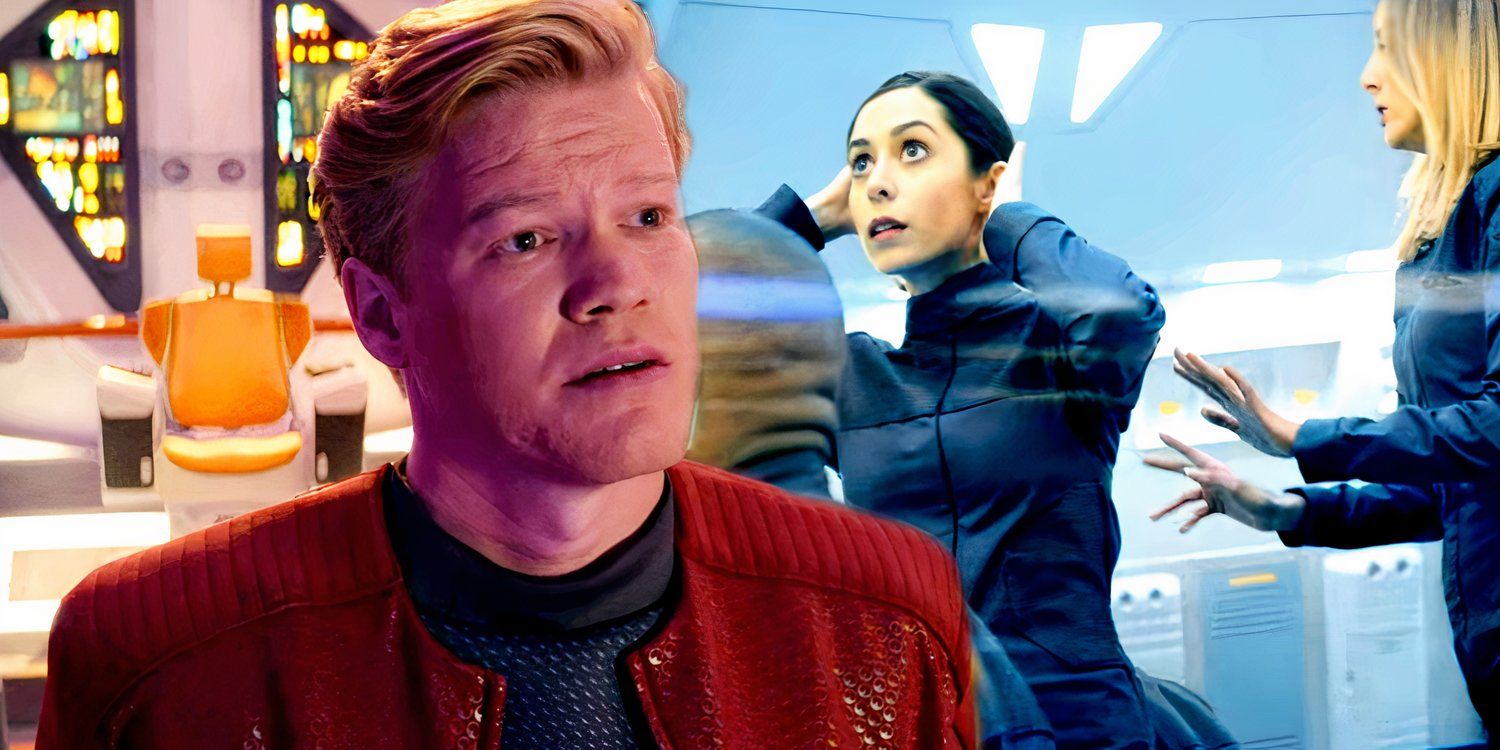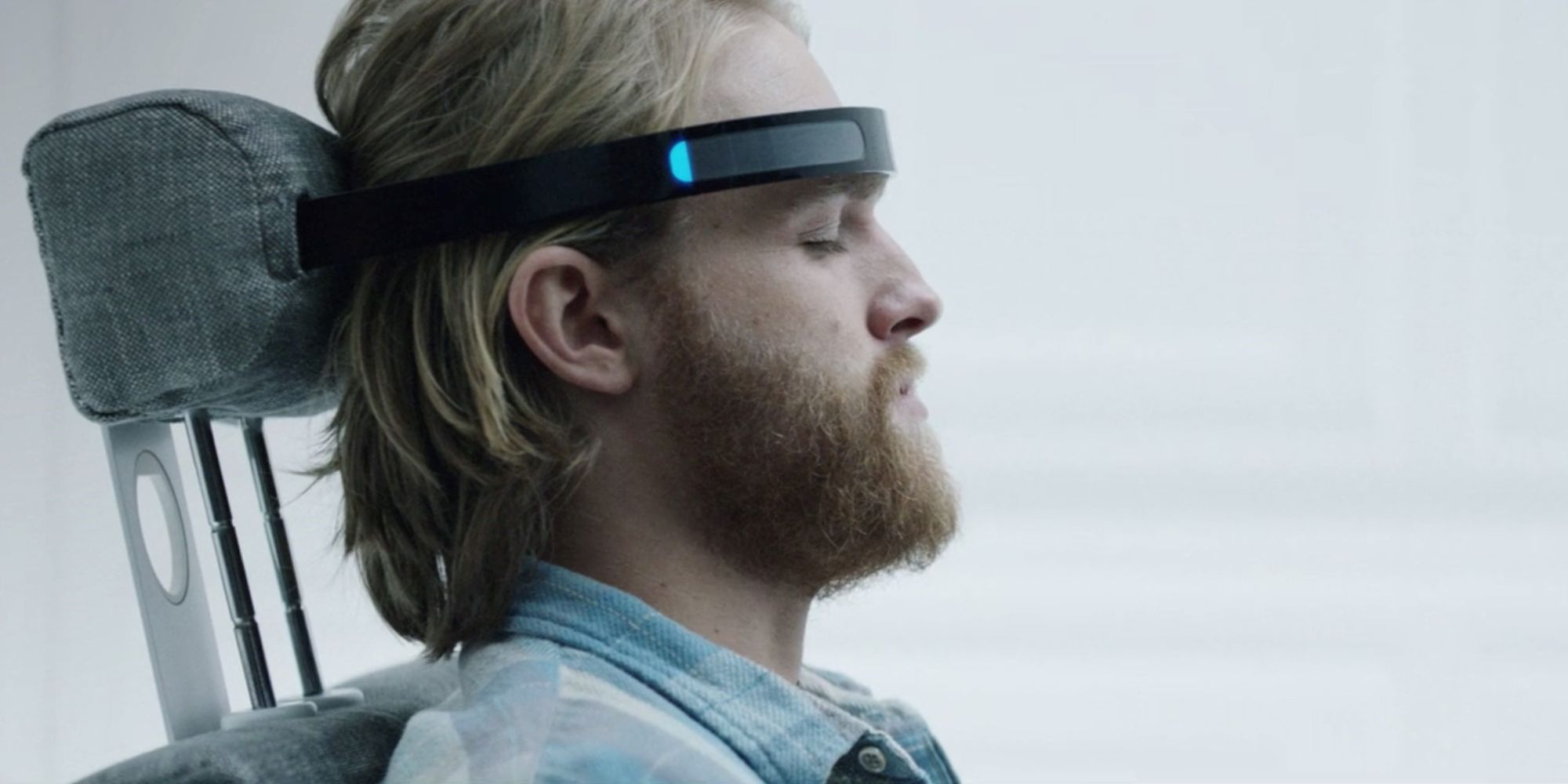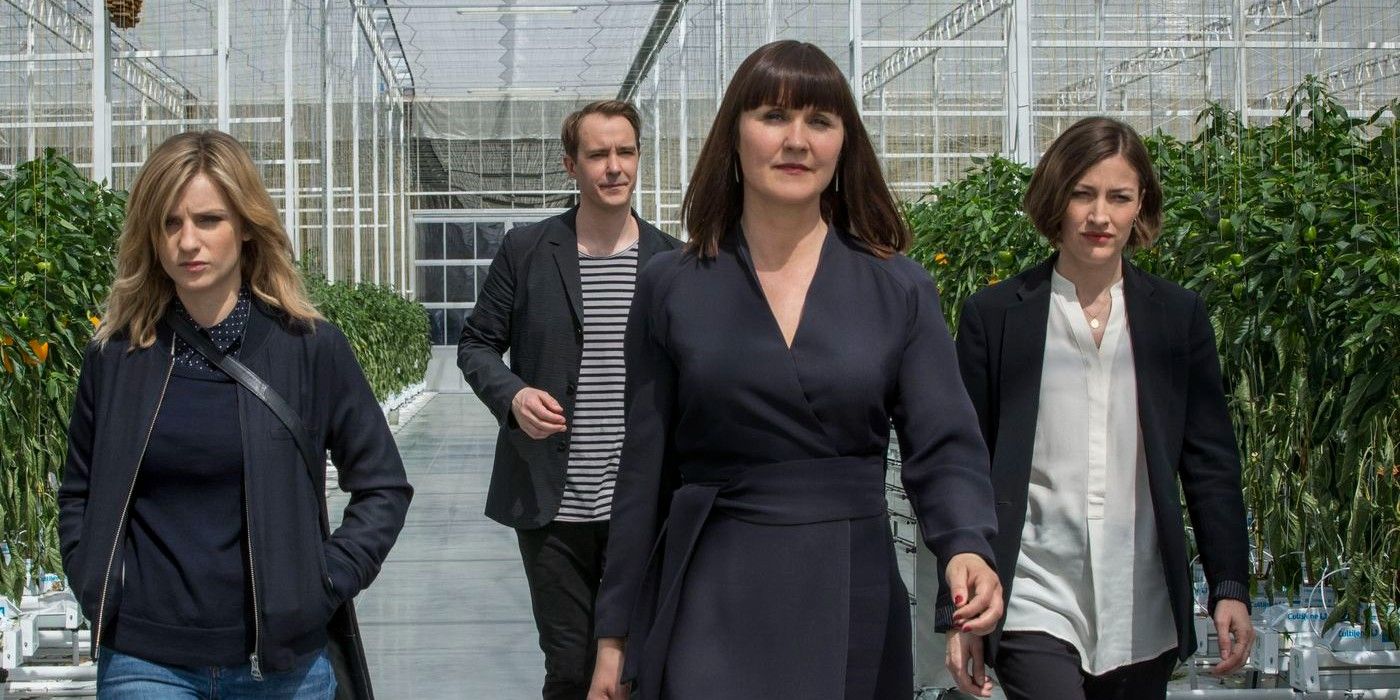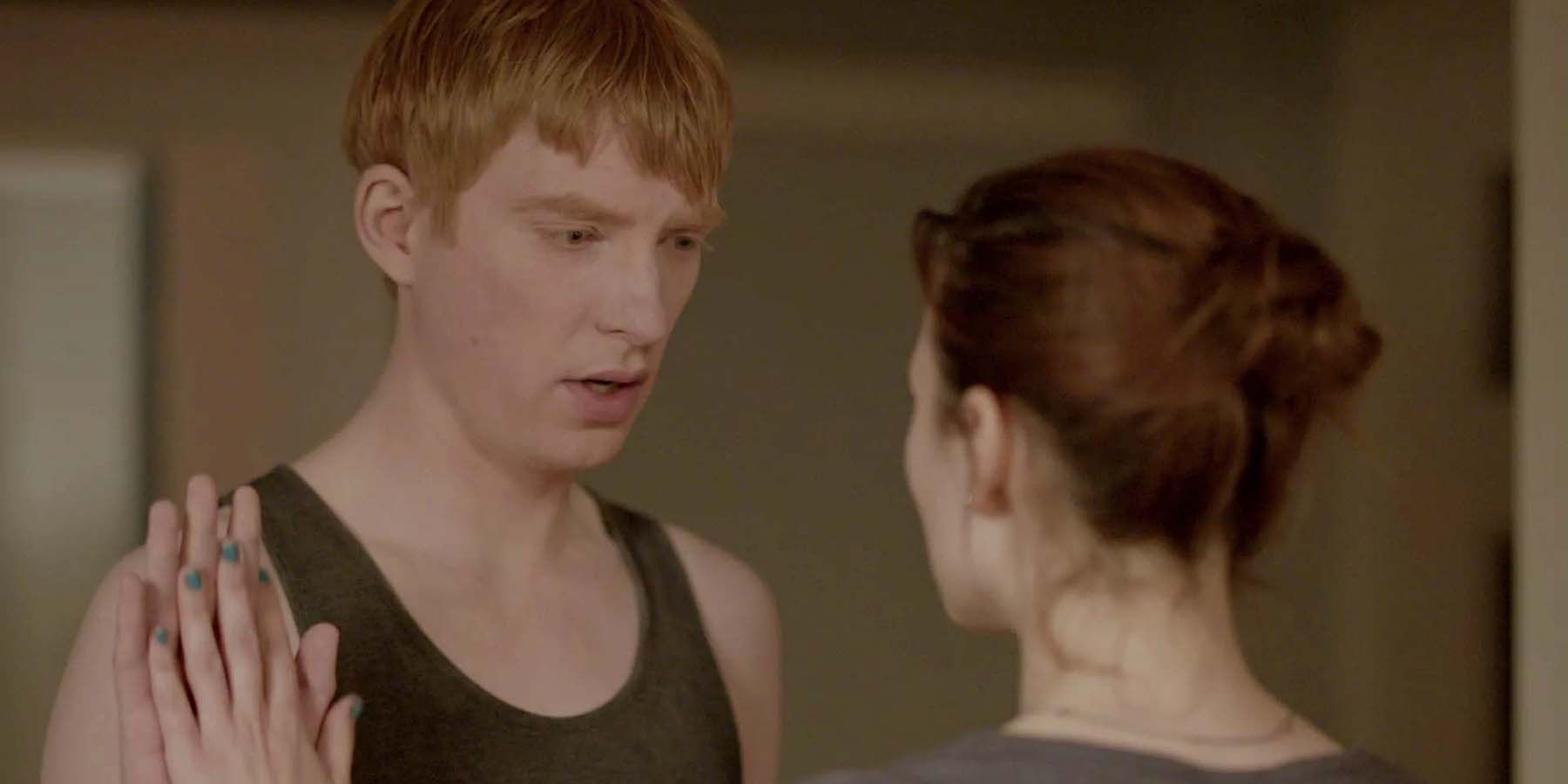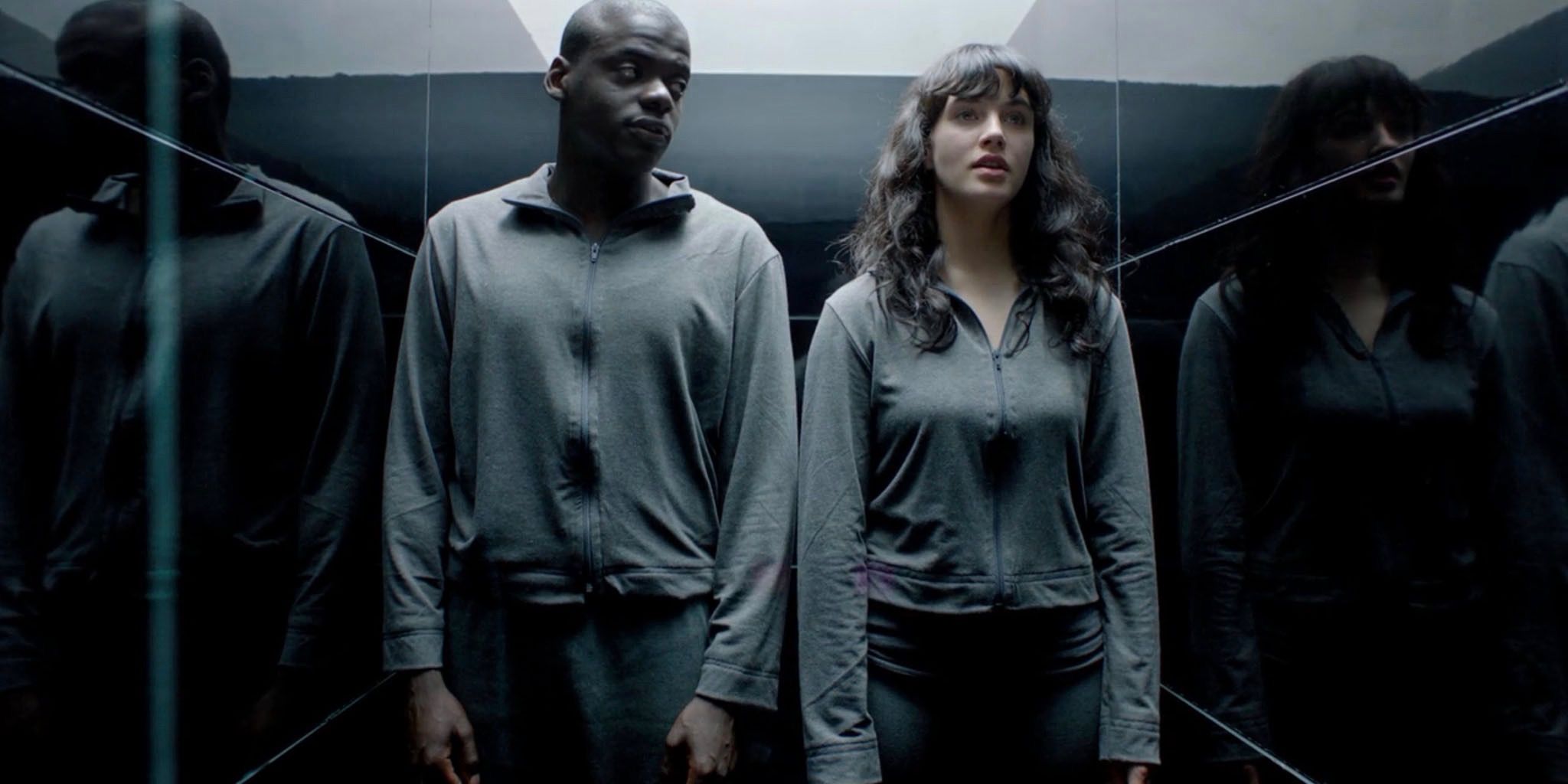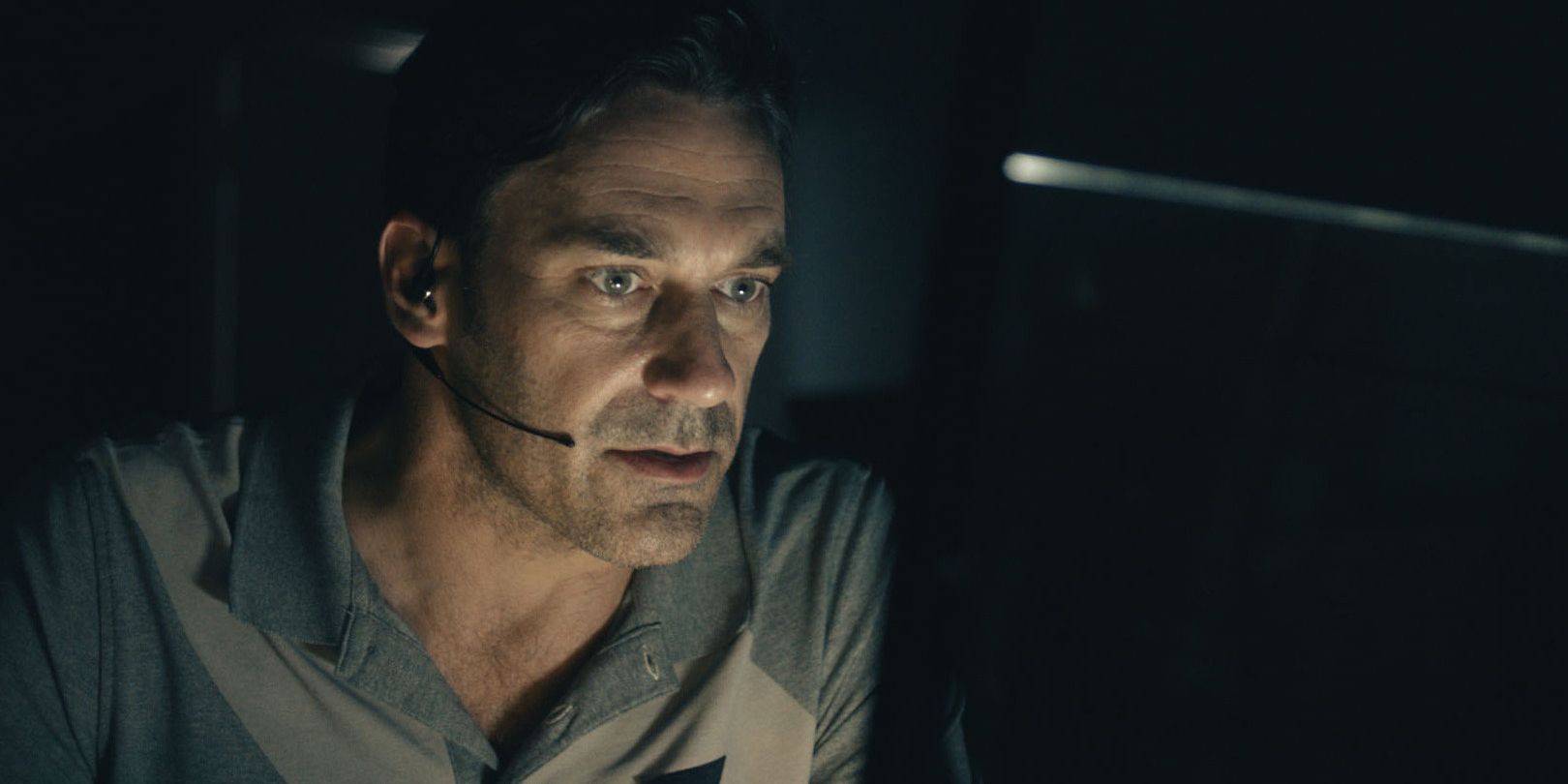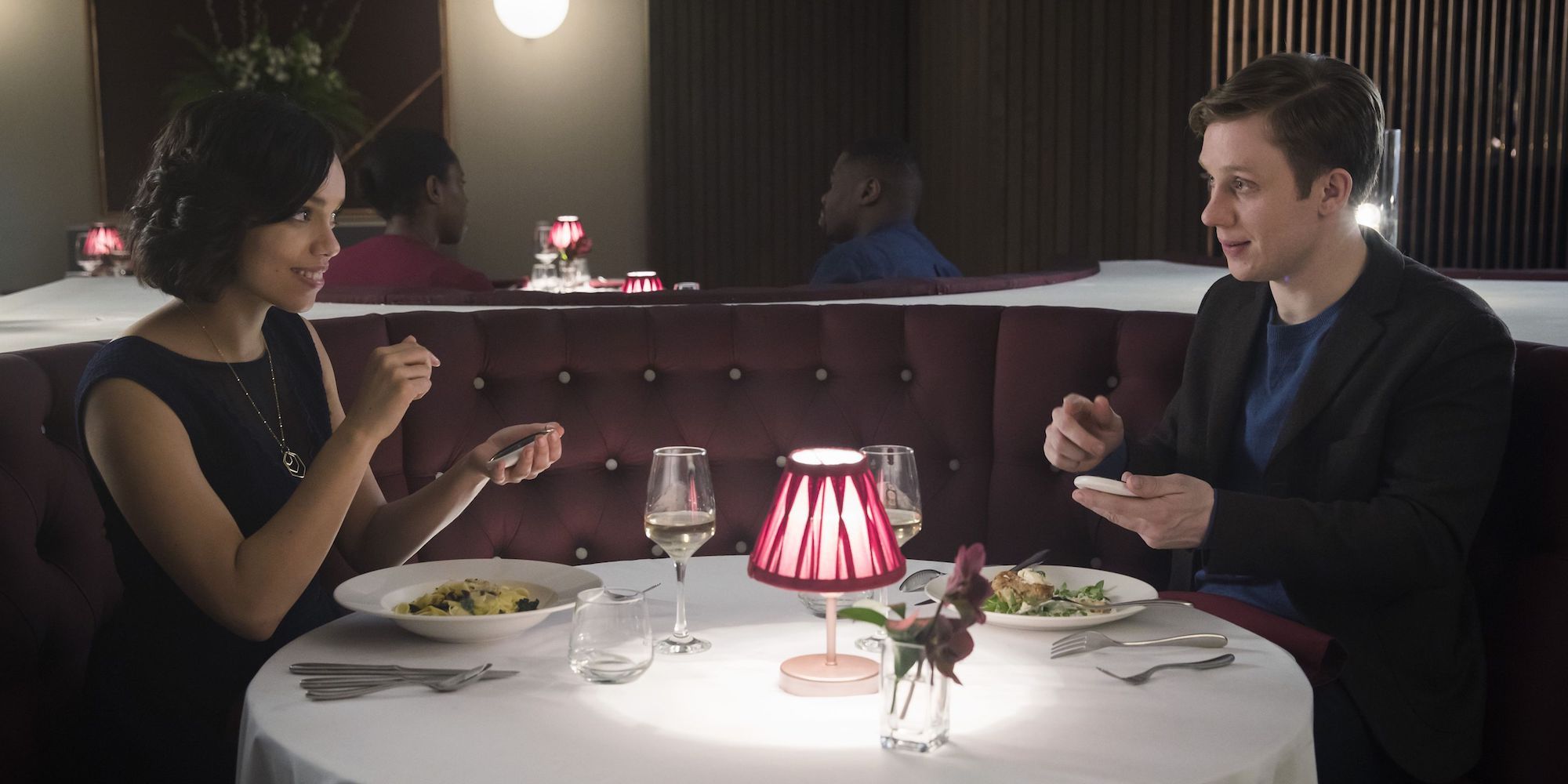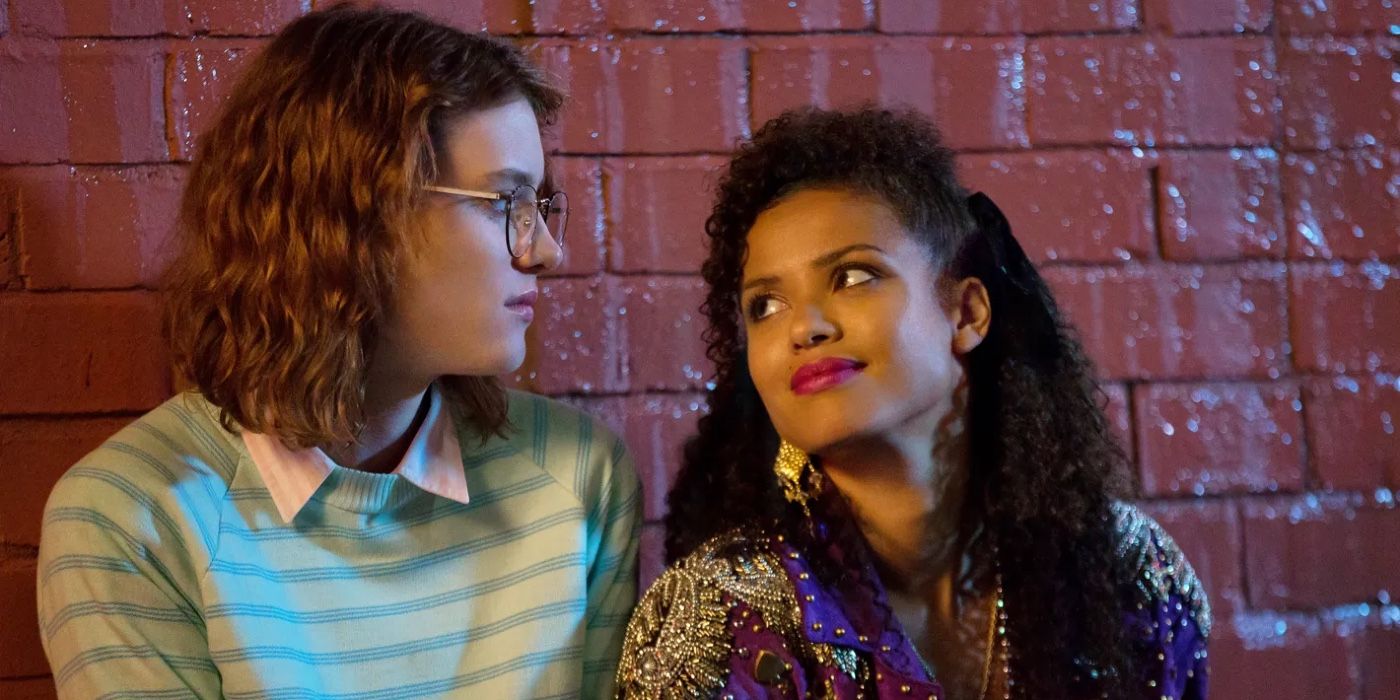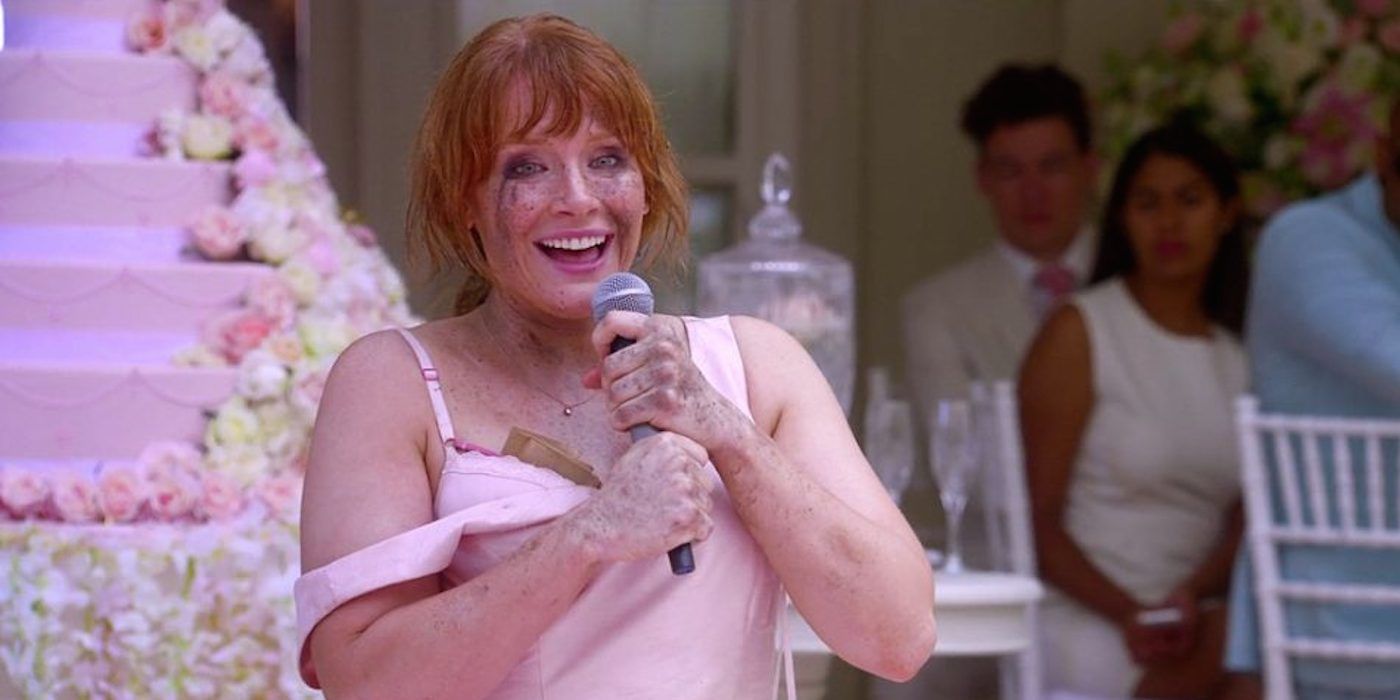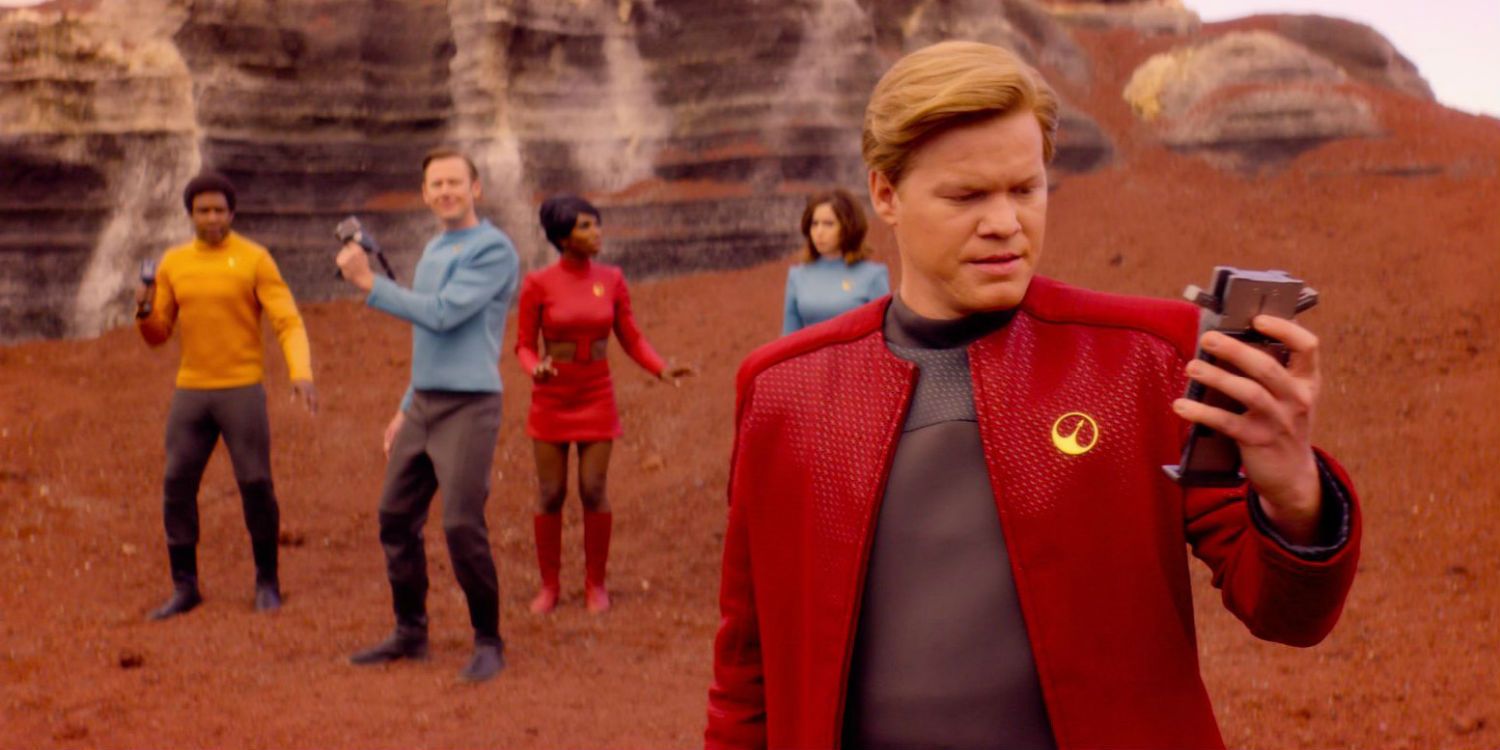Summary
- Black Mirror episodes reflect the cautionary pitfalls of technology shaping futuristic worlds and societies.
- Best episodes use creative tech ideas to reveal dark human nature and societal shortcomings.
- Series maintains continuity with easter eggs, tackles innovation disregarding humanity's best interests.
The best Black Mirror episodes ranked from worst to best reflect the greatest installments of the outstanding Netflix anthology series. Since it first premiered back in 2011, Black Mirror has been the modern answer to the iconic and darkly futuristic series The Twilight Zone. Black Mirror focuses heavily on sci-fi and dystopian portraits of hypothetical worlds that are shaped by detrimental influences of advanced technologies and the downfall of modern society.
The series has consistently found creative ways to comment on the cautionary pitfalls of technology and how they can alter a more naturalistic lifestyle for people on Earth. Each Black Mirror episode begins with a fresh concept while also retaining some subtle continuity in themes and other easter eggs that give the series a recognizable tone and overall perspective. The very best Black Mirror episodes use a creative technological concept to reveal dark aspects of human nature and the world at large when innovation disregards humanity's best interests.
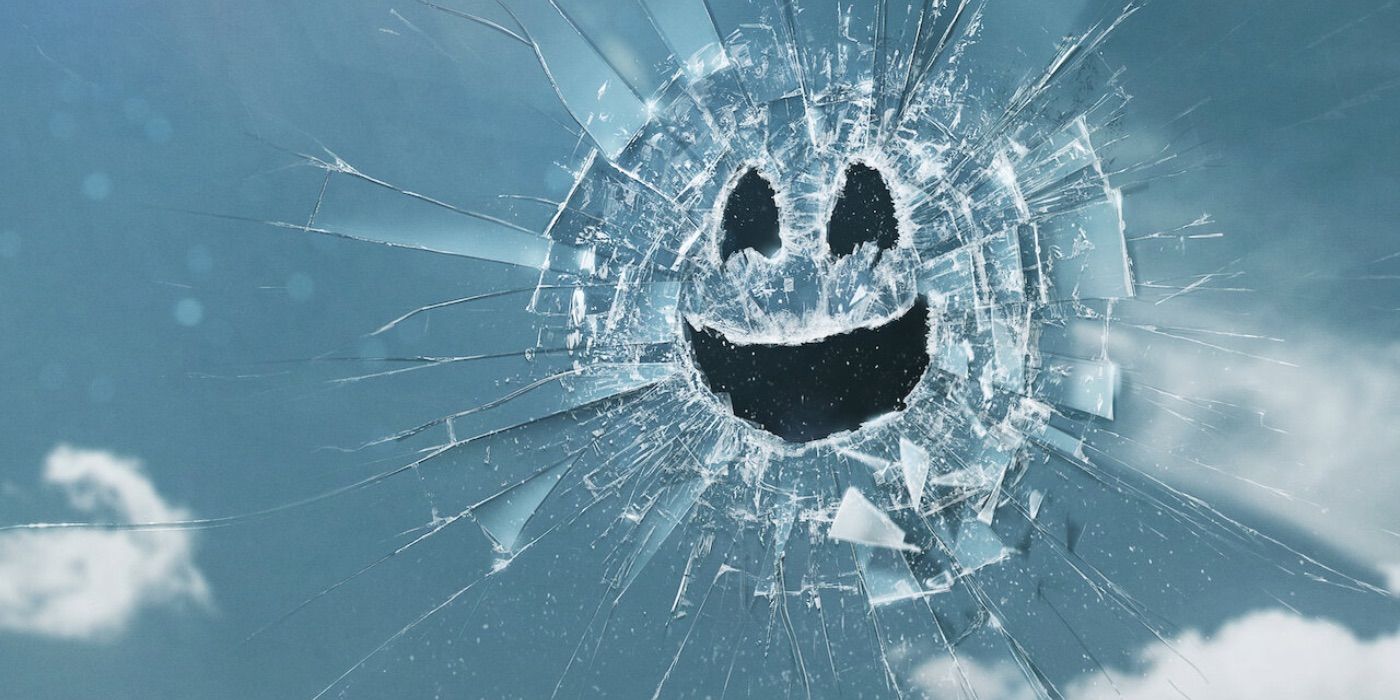
8 Black Mirror Sequel Episodes That We'd Actually Love To See
With the announcement of Black Mirror season 7 having a sequel to the episode USS Callister, it's worth looking at other episodes that need a sequel.
10 “Playtest”
Season 3, Episode 2
Black Mirror season 3, episode 2 "Playtest" begins as a seemingly simple and innocent premise in which an American traveler opts to participate in a new gaming system for some extra cash. Cooper (Wyatt Russell) is full of amiable energy and lust for adventure as he discovers a new immersive virtual reality technology game that blends the lines between reality and projection to the point that he doesn't know if he has escaped the game or not.
"Playtest" is outstanding for its unexpected psychological horrors that build at a relentless pace. It is the first Black Mirror episode to really embrace horror in a direct way as the haunted house game that Cooper finds himself is tense and terrifying at times. Russell makes for a terrific grounded lead who is complicated but likable. His performance only makes the tragic twist ending in "Playtest" all the more impactful.
9 “Hated In The Nation”
Season 3, Episode 6
"Hated in the Nation" is one of the longest Black Mirror episodes at 1 hour and 29 minutes, making it essentially a feature-length film. That is appropriate given the large-scale thriller story it has to tell. The episode deals with the impact of social media with a trend arising online in which hated people in the current news cycle can be tagged online and the person who gets the most tags will be marked for death. Kelly MacDonald and Benedict Wong play agents attempting to shut down the killings.
Despite being the final episode of Black Mirror season 3, which remains its strongest overall season in the eyes of many, the quality of "Hated in the Nation" is good enough to be its own standalone installment. The celebrated episode takes the familiar procedural drama premise and elevates it with a fascinating cautionary sci-fi concept of technology's impact on the world of politics.
8 “Be Right Back”
Season 2, Episode 1
"Be Right Back" is one of the most sentimental and all-around odd episodes of Black Mirror that centers on the notions of grief and identity with a brilliant premise. A lonely widow Martha (Hayley Atwell) discovers a technology that allows her to communicate and interact with an artificial version of her dead husband Ash (Domhnall Gleeson).
What starts as an AI system that allows her to text with him evolves into phone calls and then an actual clone. With AI and deepfake becoming a continuing discussion on modern society, this episode proves how ahead of its time Black Mirror can be with some of the topics they touch upon, with this one coming during the show's debut season.
The episode brings into question whether or not technologies like this should exist if they were actually possible and introduces a new eerie aspect of the notion of distrusting artificial intelligence.
7 “Fifteen Million Merits”
Season 1, Episode 2
Before his breakout role in Jordan Peele's Get Out, Daniel Kaluuya gave a powerhouse performance in this season 1 episode of Black Mirror that is also one of its best. "Fifteen Million Merits" stars Kaluuya as Bing, one of several inhabitants of a mysterious dystopian place in which people must exercise to earn digitalized currency. The credits can be used to purchase food, entertainment, and even the chance to appear on an America's Got Talent type of show for the chance to escape the mundane common lifestyle.
The episode is a great metaphor for the repetitive nature of everyday life and the sinister undertones of some entertainment talent shows. Kaluuya gives an intense and layered performance that makes it unsurprising that he became a star after this. It is also a prime example of the amazing world-building Black Mirror can accomplish over the course of one episode.
6 “White Christmas”
Season 2, Episode 4
While it is common for sitcoms to have holiday episodes, Black Mirror does not seem like the kind of series to get into the Yuletide spirit. However, "White Christmas" delivers a Christmas special that is as gripping a story as the show has ever delivered while also being a grim holiday offering.
Jon Hamm and Rafe Spall star in the episode as two men working at a mysterious isolated worksite over Christmas and spend the day drinking and getting to know each other with stories about their pasts. "White Christmas" pulls off one of the greatest twists in the series, which will not be discussed for the sake of avoiding spoilers.
This episode is considered particularly dark even for Black Mirror, which is potentially why it's so highly rated among fans. Hamm is an exceptional talent who seamlessly comes off as charming and threatening while Spall is just as good with the complicated protagonist whose ending is one of the most disturbing in the series.
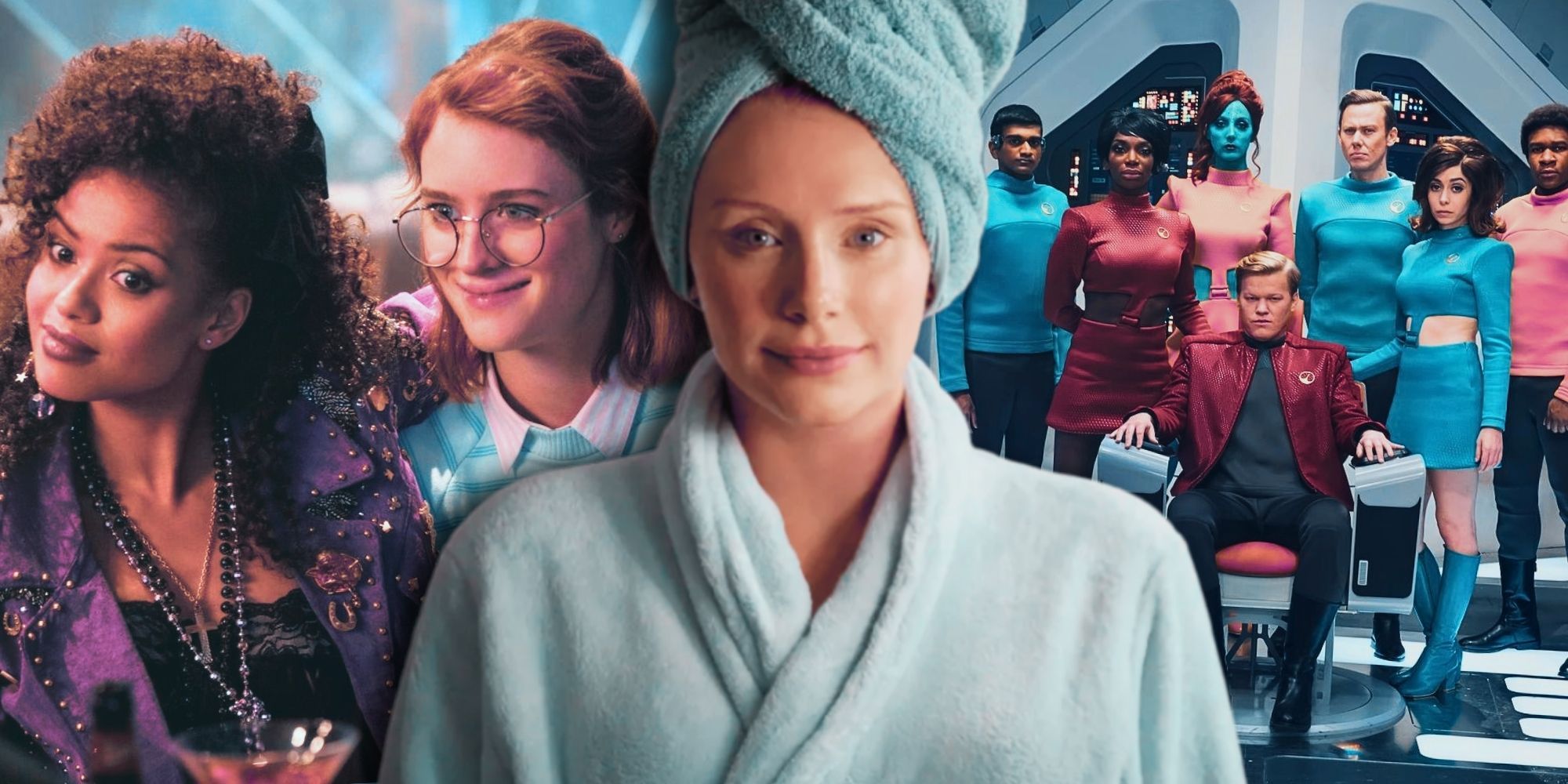
Black Mirror Season 7: Confirmation, Episode Count, & Everything We Know
Black Mirror season 7 could be the most innovative yet as Charlie Brooker's anthology goes beyond dystopian futurism.
5 “Hang The DJ”
Season 4, Episode 4
"Hang the DJ" follows the endearing premise of two young adults who meet online and schedule a face-to-face date. The innovative twist in the Black Mirror episode is that they are given an expiration date on their relationship before it ever even begins as part of the advanced dating program both protagonists signed up to participate in. Eventually, they realize that there are flaws in the logic of the program and aim to work against it in what is considered by many to be the highlight episode of Black Mirror season 4.
Black Mirror has been criticized in the past for simply delivering one grim sci-fi story after another, but this is a clear example of how versatile the series can be while still being true to itself. It is a romantic comedy take on the Black Mirror story that explores the dynamics of a relationship just as much as it critiques dating apps. It also is a rare optimistic ending.
4 “San Junipero”
Season 3, Episode 4
"San Juipero" was one of the standout episodes in the series that proved the show could be thought-provoking in its exploration of technology while also being entertaining and fun. The episode takes place in a 1980s-style world and follows two women who meet up in the vibrant nightlife of the city and gradually fall in love. However, as is typically the case with Black Mirror, this world is not as it seems.
"San Junipero" is one of the better-known Black Mirror episodes for its inclusion of LGBTQ+ themes and overall visually beautiful landscapes. The relationship between the two love interests in the episode is authentic and full of chemistry, which initially makes the viewer wonder why this is part of the Black Mirror shared universe at all. In time, the awe-inspiring technological twist is revealed as the truth of the San Junipero setting is realized. The episode has high rewatch potential and is one of the lighter episodes of the series.
3 “The Entire History Of You”
Season 1, Episode 3
Black Mirror season 1, episode 3 "The Entire History of You" introduces one of the more recognizable technologies of the series, a neural implant that is later referred to as the Z-eye in "White Christmas." The implant gives the user the power to store and rewatch their memories as videos since the technology records everything that the user does, says, and hears. While the tech sounds amazing, Black Mirror brings up the timeless question regarding innovation of "just because we can, does that mean we should?" and quickly provides a thesis against that inquiry.
Toby Kebbell gives a standout performance in the lead role as a man who is consumed with jealousy and wants to use the omnipresent technology to discover if his partner had an affair. Part of the brilliance of the episode is how it can take such a unique technology and use it to tell a very relatable story about relationships, privacy, and regret.
2 “Nosedive”
Season 3, Episode 1
"Nosedive" opens up Black Mirror season 3 in a utopian world that revolves around the implementation and societal reliance on social rating systems. Residents of the privileged area must have a certain social credit to become eligible for residency which is ultimately influenced by every single social interaction a person has with other people throughout the day. The fluctuating social score can drive even the most polished people to the edge of sanity.
While the idea of online ratings taking over the world could have made for a very predictable satire, "Nosedive" seems to understand that it is a thin concept to start from and infuses the story with so much humor and fun that it becomes one of the most entertaining episodes of the series. Bryce Dallas Howard also gives a wonderful performance as a woman who gradually loses her desire to be loved by everyone, resulting in a memorable final scene.
1 “USS Callister”
Season 4, Episode 1
The best episode of Black Mirror is season 4, episode 1 "USS Callister." After an exceptional third season, Black Mirror returned with its season 4 opener that took the scale of the series to new heights. "USS Callister" is built on the brilliant premise of a neglected but brilliant video game designer who seeks the authority and respect he believes he deserves in a digital world. The designer (Jesse Plemons) codes a private universe based on the popular space exploration game he created with a brilliant twist that solidifies "USS Callister" as the premier Black Mirror episode.
The episode introduces some disturbing ideas about creating digital worlds and the people who populate them. However, it is also a clever and hilarious homage to shows like Star Trek with an ensemble of terrific characters. As a testament to its popularity, "USS Callister" will be the first Black Mirror episode to get a sequel as part of the upcoming season 7.



